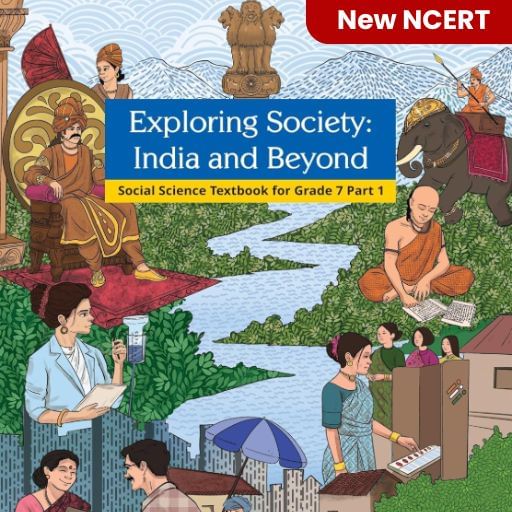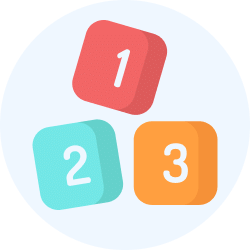Best Study Material for Class 1 Exam
Class 1 Exam > Class 1 Notes > Mathematics for Class 1 > Worksheet: Time - 1
Time - 1 Class 1 Worksheet Maths Chapter 6
Q1: Read the time in each clock and write in the box. One is done for you.

Q2: Draw hands in the clocks to show the time written below each clock.

Q3: Fill in the blanks.
(i) Today is __________. Yesterday was _________. Tomorrow will be ________.
(ii) __________ is the second last day of the week.
(iii) There are __________ days between Monday and Sunday.
Q4: Write the month that comes just before, in between, or just after.

The document Time - 1 Class 1 Worksheet Maths Chapter 6 is a part of the Class 1 Course Mathematics for Class 1.
All you need of Class 1 at this link: Class 1
|
16 videos|203 docs|23 tests
|
FAQs on Time - 1 Class 1 Worksheet Maths Chapter 6
| 1. What is the concept of time? |  |
| 2. How is time measured? |  |
Ans. Time is commonly measured using units such as seconds, minutes, hours, days, weeks, months, and years. These units provide a standardized way to quantify the passage of time.
| 3. What are the different systems of measuring time? |  |
Ans. The most commonly used systems of measuring time are the 12-hour clock and the 24-hour clock. The 12-hour clock is widely used in everyday life, while the 24-hour clock is often used in military, scientific, and international contexts.
| 4. Why do different countries have different time zones? |  |
Ans. Different countries have different time zones to account for the Earth's rotation and the need for standardization in timekeeping. As the Earth rotates, different regions experience daylight and darkness at different times, leading to the establishment of time zones.
| 5. How does daylight saving time work? |  |
Ans. Daylight saving time is a practice where clocks are adjusted forward by one hour during the summer months to extend evening daylight. This is done to make better use of daylight and conserve energy. Clocks are then adjusted backward by one hour during the winter months to return to standard time.
Related Searches































